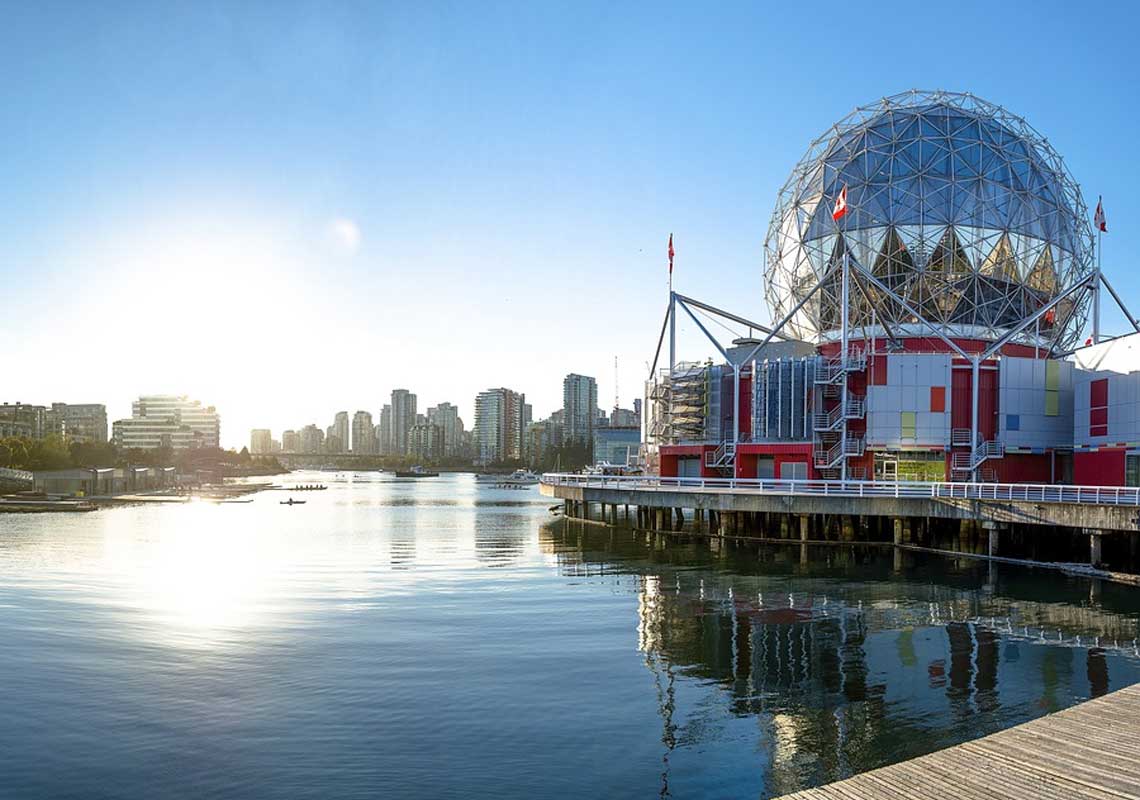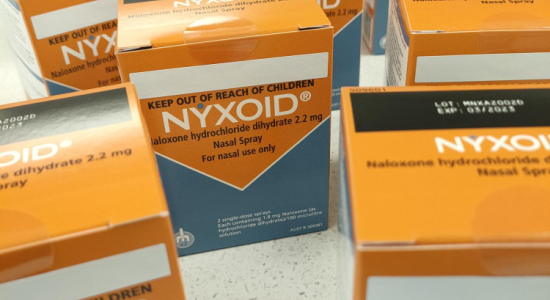All eyes on Canada: What we can learn

The Drug Foundation’s Policy & Advocacy Manager Kali Mercier travelled to this year’s ISSDP [International Society for the Study of Drug Policy] Conference in Vancouver recently, to see how their approach to drug policy can help inform our own.
It would be hard to find a more apt setting for a drug policy conference in 2018 than Vancouver, Canada. A flashpoint for the opioid crisis, Vancouver has one of the highest rates of drug-overdose deaths in North America.
But what made Vancouver a particularly appropriate host was that, of course, Canada is on the cusp of legalising cannabis. In fact, that was my main reason for attending. If New Zealand ends up going the legalisation route, we need to learn from the public health safeguards they introduce, to limit the harm cannabis causes.
Vancouver is also a stunningly beautiful, well-run and very wealthy-feeling city. You get the impression it has no poverty at all – until you stray into Downtown Eastside, that is. This suburb sits right amongst the glitz, glass and fancy cars of the city, but it’s full of people living rough. I saw parks full of tents and cardboard homes, and dozens of homeless people on each block.
The area attracts people struggling with drug use and mental health issues from across Canada. It has warm(ish) temperatures for those living rough, low-barrier services, and police who are less focused on prosecuting drug users than in other cities. It’s an upsetting place to walk through, especially when you know that there are dozens of opioid deaths each month in this one small area.
The glimmer of hope is that Downtown Eastside is also well-known for being a centre of social activism, and there are some cutting-edge treatments and drug policy ideas being born of necessity there. It may be that this concentration of human unhappiness eventually helps drag the world kicking and screaming into some new ways of looking at drug policy.
For example, a couple of speakers at the conference talked about Insite, which was the first legal supervised drug injection site in North America when it opened in 2003. People bring in drugs they have purchased on the street to use under supervision. Staff give medical assistance and offer mental health treatment. Last year alone the centre experienced more than 2500 overdoses – but no fatalities. Without their intervention, we were told, one in twenty of those people would have died.
On the back of the success of Insite, around twenty more supervised injection sites have sprung up in the past year or so, saving lives every day. Some are as simple as a tent by the roadside. Unfortunately, most are illegal.
One of the keynote speakers at the conference was Dr Mark Tyndall, Executive Director at the British Columbia Center for Disease Control. He explained that drug use prevalence in Vancouver hasn’t actually increased. The reason for the skyrocketing death rate is that “heroin” purchased on the street now appears to contain almost no heroin at all. It’s been replaced with the much more powerful and deadly drug fentanyl.
A recent study in Vancouver tested drug samples from two supervised injection sites over a period of six months. They found that only 19% of the opioid samples tested contained what the people who bought them were expecting.
A terrifying 88% contained fentanyl.
Tyndall is clear that they will not be able to ‘harm reduce’ their way out of this crisis – you can’t supervise all drug use, nor check all drugs before they are used. He maintains that providing people with safe drugs is the first, best and really the only way to stop this terrible drug crisis.
Tyndall is somewhat notorious in Vancouver for having publicly proposed setting up a vending machine that would supply people with cheap doses of hydromorphone. He’s unapologetic about what was originally an off-the-cuff comment to the media, but that he now thinks actually has merit. He also talked about the need for better pain management in Canada, as well as the importance of decriminalising drug use, investing better in support services such as housing, and working to reduce stigma.
With legal cannabis likely to hit the market as early as October, I wanted to know what kind of public health safeguards the Canadians plan to introduce. So in the interest of serious fact finding, I met with officials from the British Columbia Ministry of Health, Cannabis Secretariat, and Liquor Distribution Branch, which will now be responsible for distributing cannabis across the province. I also met with a policy manager from the federal government who helped to draft Canada’s new legislation.
The fascinating thing is that every Canadian province and territory is taking a slightly different approach. While they are all governed by the federal legislation that sets guidelines for production and manufacture, they have a fair bit of leeway over how they handle retail and distribution. Amongst other things, the provinces differ in the age limit they plan to set for purchases, whether they’ll allow home-grow, and the retail model they favour.
In British Columbia for example, they’ll be using the same system they do for alcohol. All of the cannabis sold in the province will be processed in a single government warehouse, and most of it will be sold in government-run outlets.
The advantage of this model is of course that they can better control how cannabis is marketed and sold, and to whom. They can ensure that retailers don’t target those who are most vulnerable to harmful use with cheap, high potency cannabis.
This sounds to me like an excellent approach - though I was also warned that public health experts have criticised BC’s alcohol model over the years. Some claim the government monopoly has been more focused on profit than they should be.
If we followed a similar model here, we would need to build in safeguards to ensure the government’s prime purpose in selling cannabis was to get the best possible health outcomes. If not, a government monopoly could quickly become reliant on the easy revenue that a cannabis tax could bring.
The exciting thing about all this for a policy nerd like me is that if each province follows a slightly different model, we’ll be able to assess which approaches work best over a range of indicators.
Canada is fully aware of this unique opportunity. The government is planning to run a detailed survey each year, tracking how much and how often people consume cannabis. They’ll monitor impacts on criminal justice statistics, on young people, drug driving, and the economy too. In this they really differ from the USA, which has been slow to invest in research about how their new cannabis legislation affects the health of their citizens.
I felt very lucky to attend this conference, on behalf of the New Zealand Drug Foundation. It gave me some pretty relevant and timely insights, which will help inform the work I have ahead. If one key thing stood out for me it’s this: now is the time to put some proper thought into how we monitor drug use in New Zealand. We need to be able to track trends in frequent and harmful use of all drugs and alcohol. Our current surveys are just too sporadic and they don’t ask the right questions. If we legalised cannabis now, we wouldn’t be able to tell if overall health outcomes for New Zealanders got better or worse as a result.
Let’s all take a maple leaf from Canada’s book and make sure we can measure the full impact of any policy changes we make in the future.
Recent news

Beyond the bottle: Paddy, Guyon, and Lotta on life after alcohol
Well-known NZers share what it's like to live without alcohol in a culture that celebrates it at every turn

Funding boost and significant shift needed for health-based approach to drugs
A new paper sets out the Drug Foundation's vision for a health-based approach to drug harm

Expert Pharmac committee recommends funding for overdose reversal nasal spray
The expert committee has said funding for naloxone in the community should be a high priority

